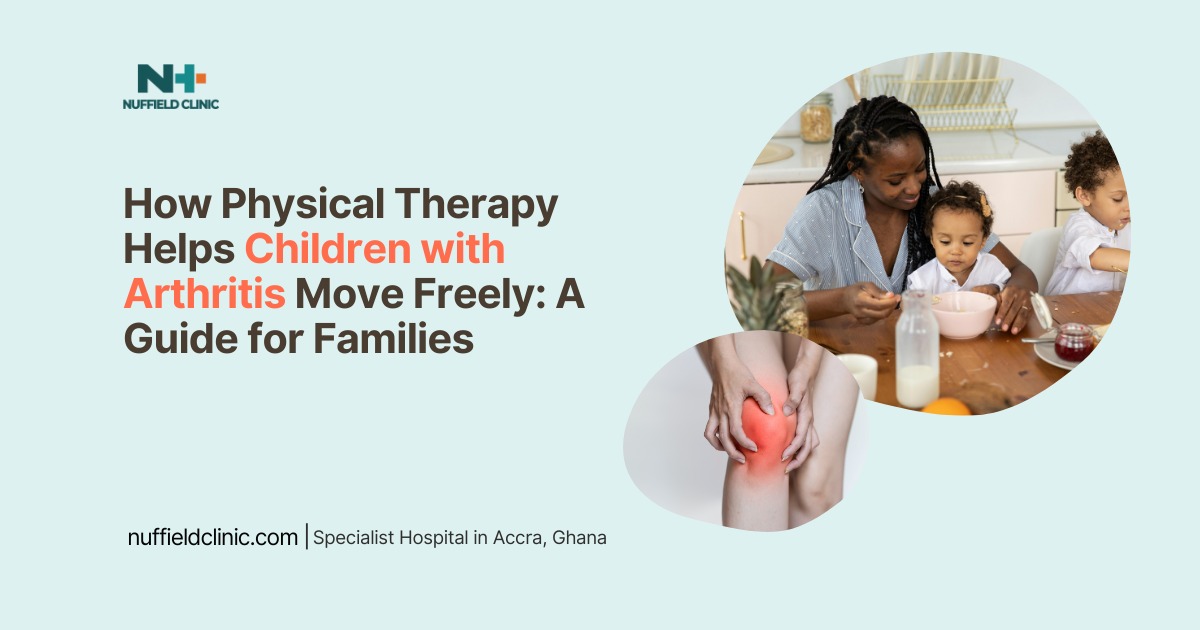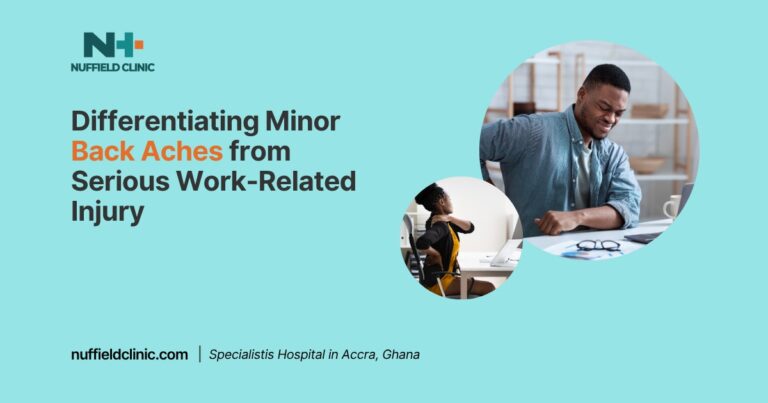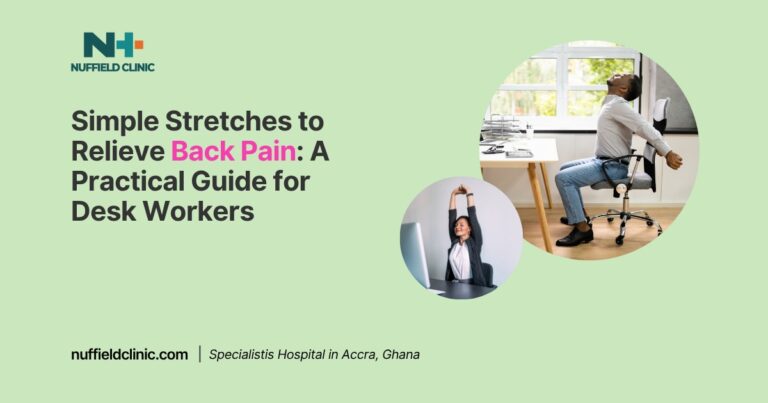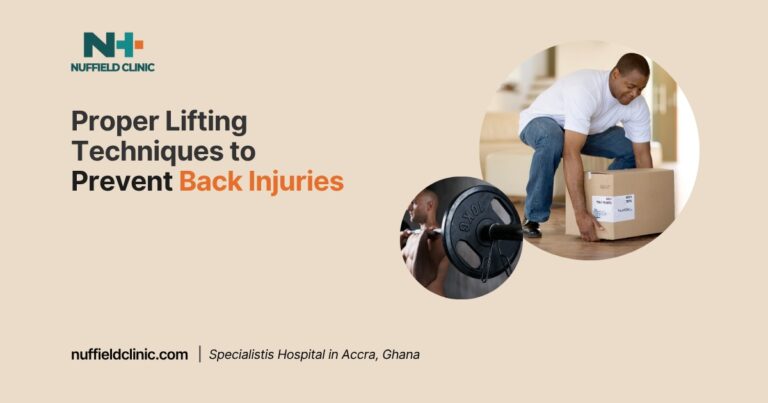How Physical Therapy Helps Children with Arthritis Move Freely: A Guide for Families

What impact does physical therapy have in helping with mobility in kids with Arthritis? When a child is diagnosed with arthritis, the condition often affects more than just the joints. It can alter the way they move, participate in daily routines, or interact with peers.
While medications are crucial for managing inflammation and systemic symptoms, physical therapy plays an equally important role in helping children regain control over their bodies, reduce discomfort, and maintain independence. Through carefully tailored interventions, physical therapists guide children in building strength, easing stiffness, and navigating everyday tasks with greater confidence and ease.
For children living with Juvenile Idiopathic Arthritis (JIA) or other joint-related conditions, early involvement in physical therapy is essential. Timely intervention helps manage the progression of symptoms and can prevent long-term joint complications. It also supports the child’s ability to keep up with typical developmental milestones and school-related activities.
One of the primary goals of physical therapy is to manage pain and inflammation through movement. While medications can reduce swelling, physical therapists help children learn ways to move that minimise discomfort. This might involve specific exercises that soothe sore joints or techniques to ease muscle tension. These approaches are not only therapeutic but also teach children and families how to manage flare-ups more effectively at home.
Muscle weakness and joint stiffness are common in arthritis, especially after rest periods, such as first thing in the morning. Physical therapists design individualised exercise plans to address these challenges. The exercises target muscle groups around inflamed or vulnerable joints, which helps protect them during daily use. Increasing flexibility also helps reduce stiffness, making it easier for children to perform activities like walking, bending, or reaching. Strengthening and stretching together can prevent contractures, where the soft tissues around a joint become permanently tight, limiting movement.
Another core component of therapy is improving the range of motion in affected joints. Arthritis can make everyday movements more difficult, such as tying shoelaces, climbing stairs, or writing. Regular therapy sessions work to preserve the ability to move joints fully and comfortably. These improvements can significantly affect a child’s independence and reduce the need for assistance at home or in school.
Certain conditions, such as Legg-Calvé-Perthes Disease (LCPD) or Slipped Capital Femoral Epiphysis (SCFE), affect how a child walks and uses their hips. These changes in movement patterns can become ingrained over time. Physical therapists support the rehabilitation of the hip through targeted strategies that help retrain the body to move naturally. This may involve balance work, coordination drills, or posture correction, all aimed at restoring fluid, functional movement.
For children with hypermobility syndrome, where joints bend beyond their typical range, the challenge lies not in stiffness but in instability. In these cases, therapy focuses on strengthening the surrounding muscles to help stabilise overly mobile joints. Building this kind of muscular support helps reduce the likelihood of injuries such as sprains and can ease chronic pain linked to joint laxity.
Encouraging children to remain active is also a core principle of physical therapy. Activity helps maintain muscle tone, joint mobility, and overall health. Physical therapists recommend low-impact, enjoyable options like swimming or cycling, which allow children to move freely without putting undue stress on their joints. Swimming, in particular, supports joint flexibility while providing a safe, buoyant environment that makes movement easier and less painful. These fun and therapeutic activities often become part of a child’s long-term routine, helping reduce future flare-ups.
Physical therapy also directly addresses the functional limitations that arthritis can cause. Children might have difficulty with everyday activities like walking between classes, using stairs, changing for gym, or even holding a pencil. Therapists work with families and schools to develop practical solutions. These could include improving hand strength and coordination for better writing ability or training to increase stamina during physical education. The goal is to help children feel capable and included in every aspect of their lives.
Through this structured, supportive approach, physical therapy becomes more than a treatment; it offers a pathway toward freedom of movement, improved comfort, and renewed confidence. It allows children with arthritis to remain active participants in their world, both at home and in the classroom.
If your child is living with arthritis and struggling with movement or joint pain, book a consultation with a specialist at Nuffield Clinic to explore how physical therapy can help.







